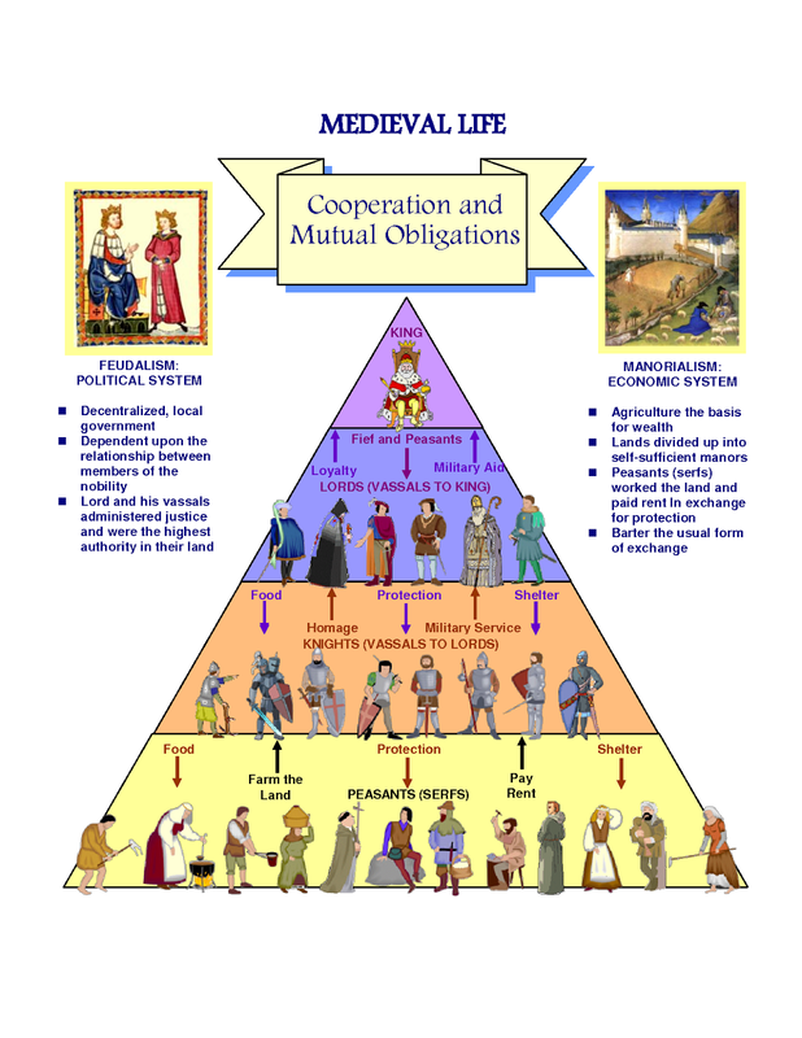

151–184.Ĭan Erimtan, Ottomans Looking West?: The Origins of the Tulip Age and its Development in Modern Turkey, London New York: Tauris Academic Series, 2008, p. See Pierre Nora, ‘Lavisse, The Nation’s Teacher’, idem (ed.), in Realms of Memory, New York: Columbia University Press, 1996, v. Mehmed Tevfik, Telhis-i Tarih-i Osmani, Istanbul: Şirket-i Mürettebiye Matbaasi, 1305.Īhmed Midhat Efendi, Devlet-i Osmaniye, Istanbul: Kanaat Matbaasi, 1298.ĪkŞin Somel, The Modernization of Public Education in the Ottoman Empire, 1839–1908: Islamization, Autocracy, and Discipline, Köln, Leiden, Boston: Brill, 2001. Selim Sabit Efendi, Muhtasar Tarih-i Osmani, Istanbul: Matbaa-i Amire, 1291.

47–49.Ībdurrahman Şeref, Tezleke-i Tarih-i Dilvel-i Islamiye, Istanbul: Mahmud Bey Matbaasi, 1301Īhmed Vefik PaŞa, Tezleke-i Tarih-i Osmani, Istanbul: Amire Matbaasi, 1286. 4.įor the curriculum of history courses in Ottoman secondary schools, see Ugur Ìnal, Meçrutiyet Æncesi Osmanh Rùçdiyeleri (1897–1907), Ankara: Gazi Kitabevi, 2008, pp. Christoph Neumann, Araç Tarih, Amaç Tanzimat, Istanbul: Tarih Vakfi Yurt Yaymlan, 2000, p. We know that Ali Şehbaz Efendi and Sahak Abro did translate works on European history from French for him. Although he knew some French, it is unclear if he read French writings for his book. Regarding the sources Ahmed Cevdet employed for his chapters on European history in his Tarih-i Cevdet, we lack substantial information.


 0 kommentar(er)
0 kommentar(er)
